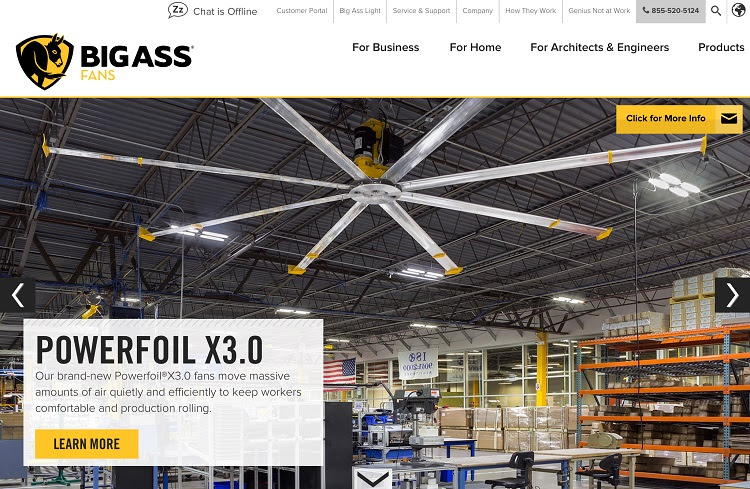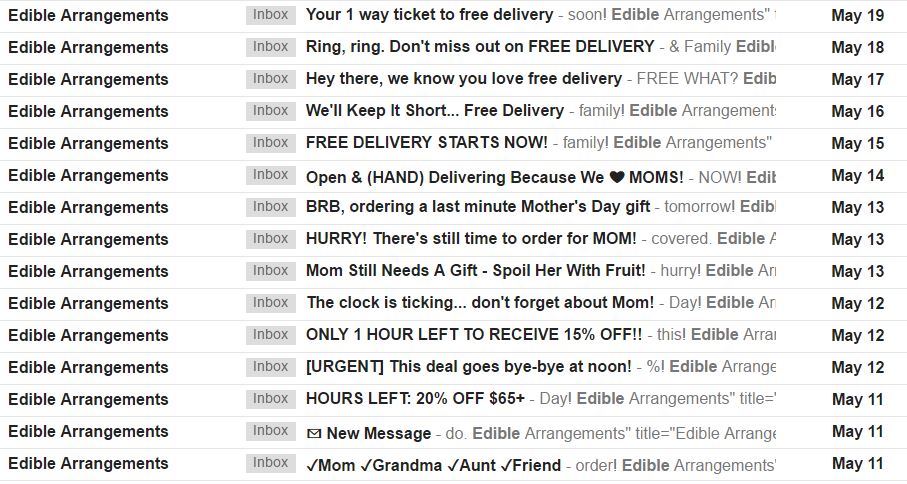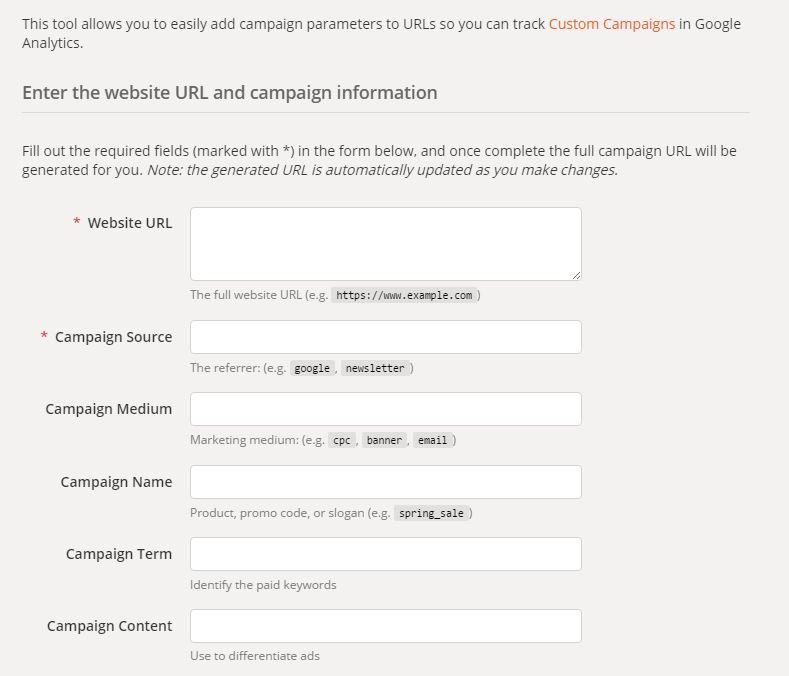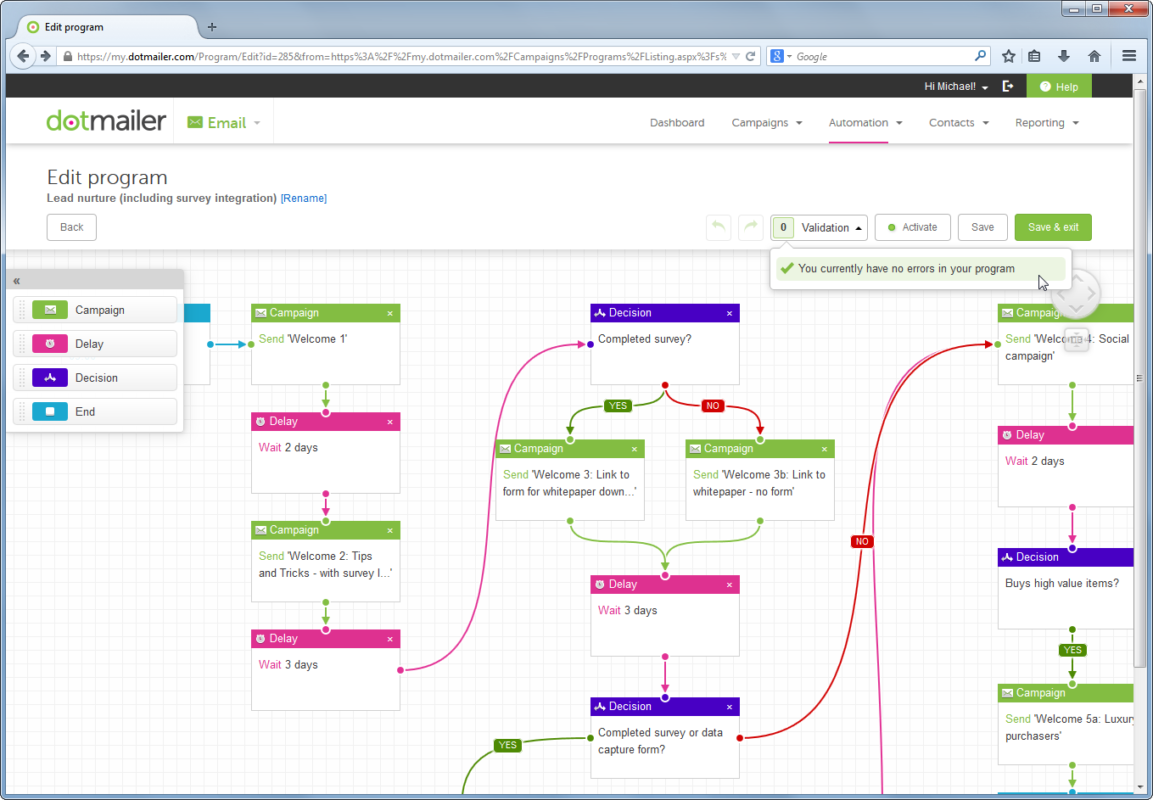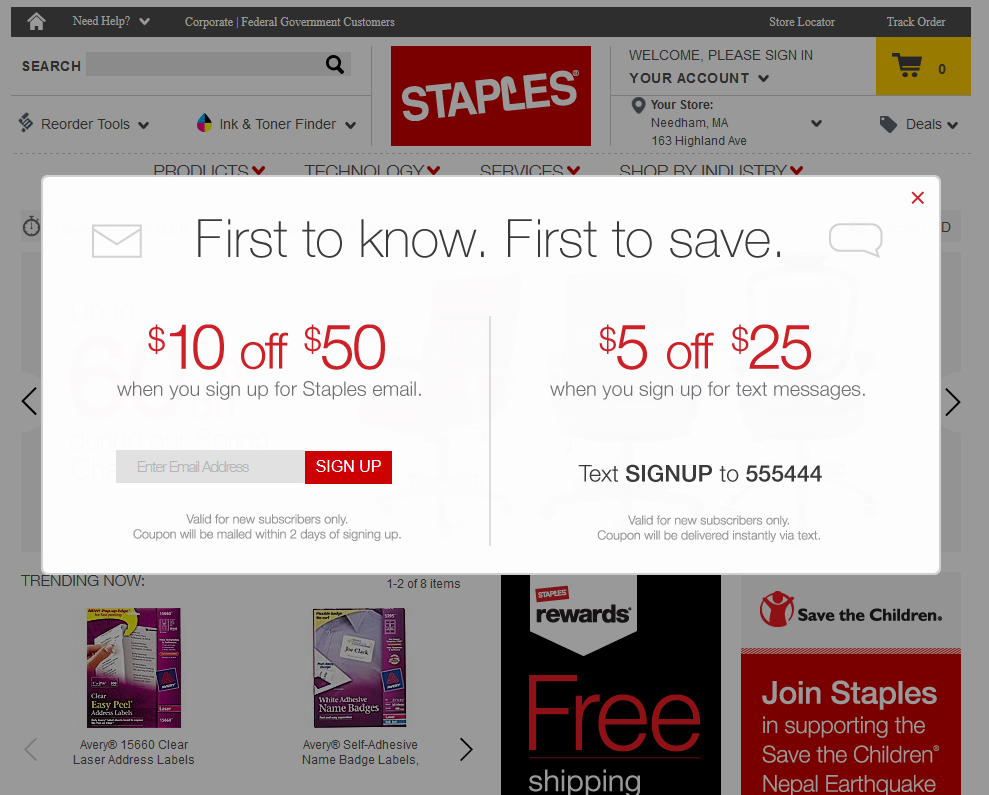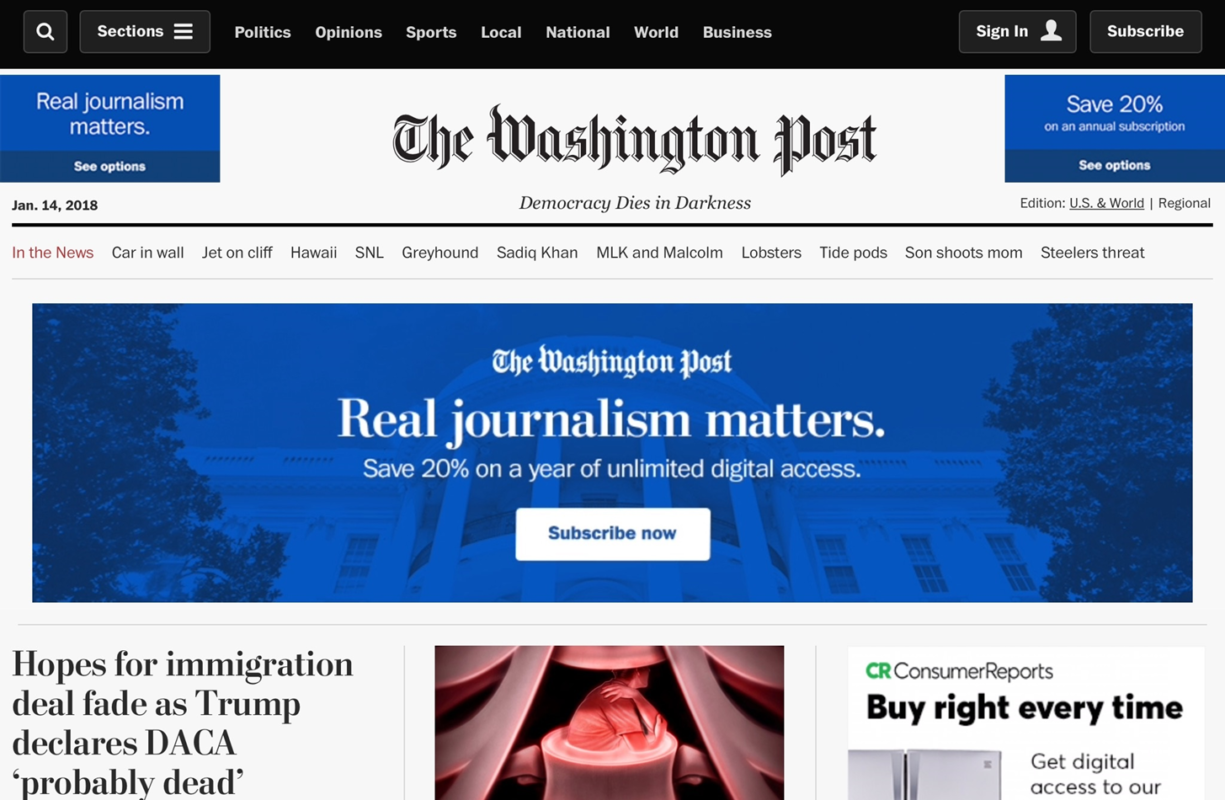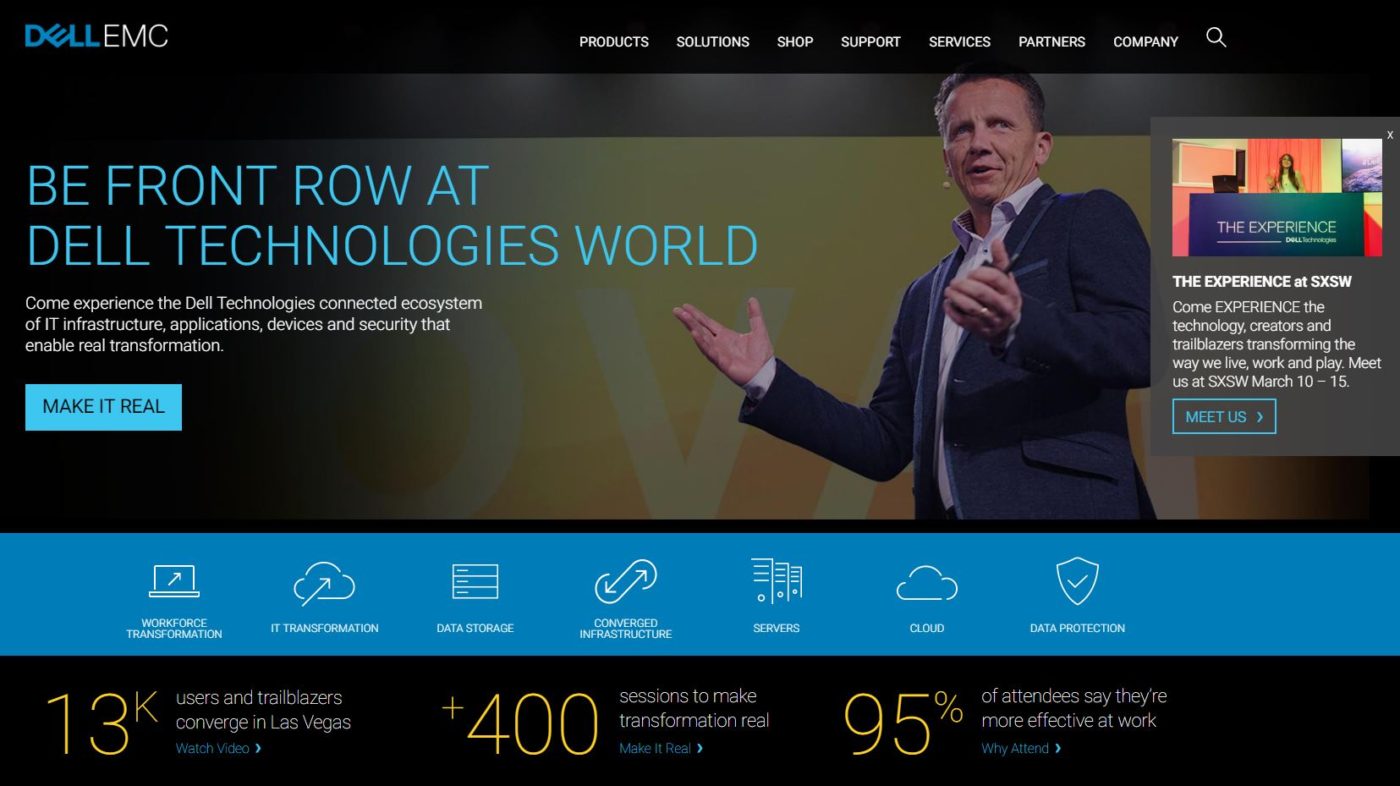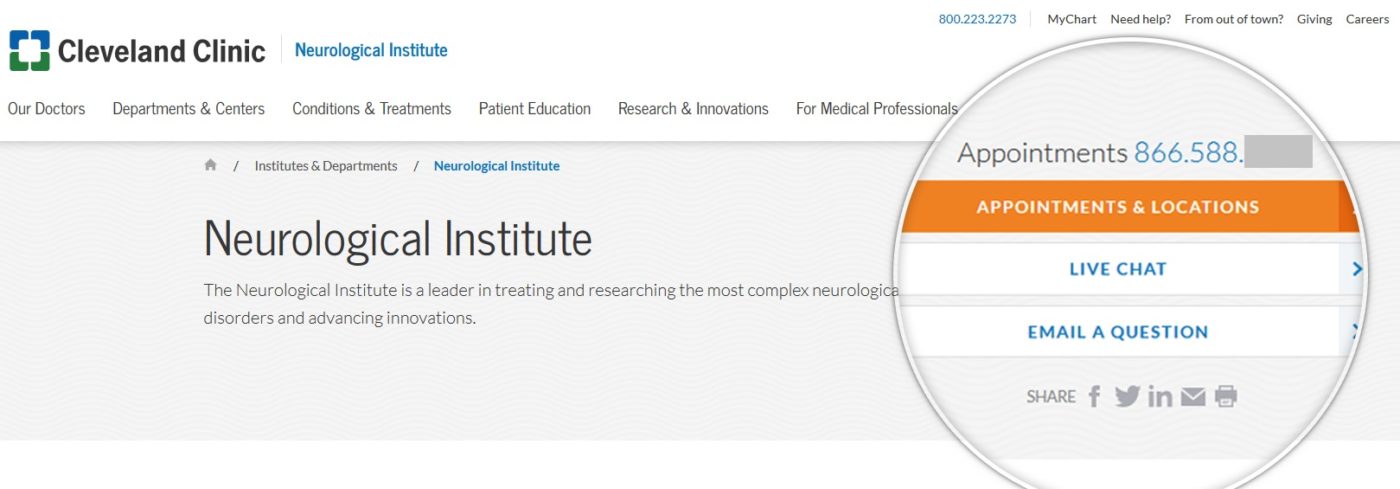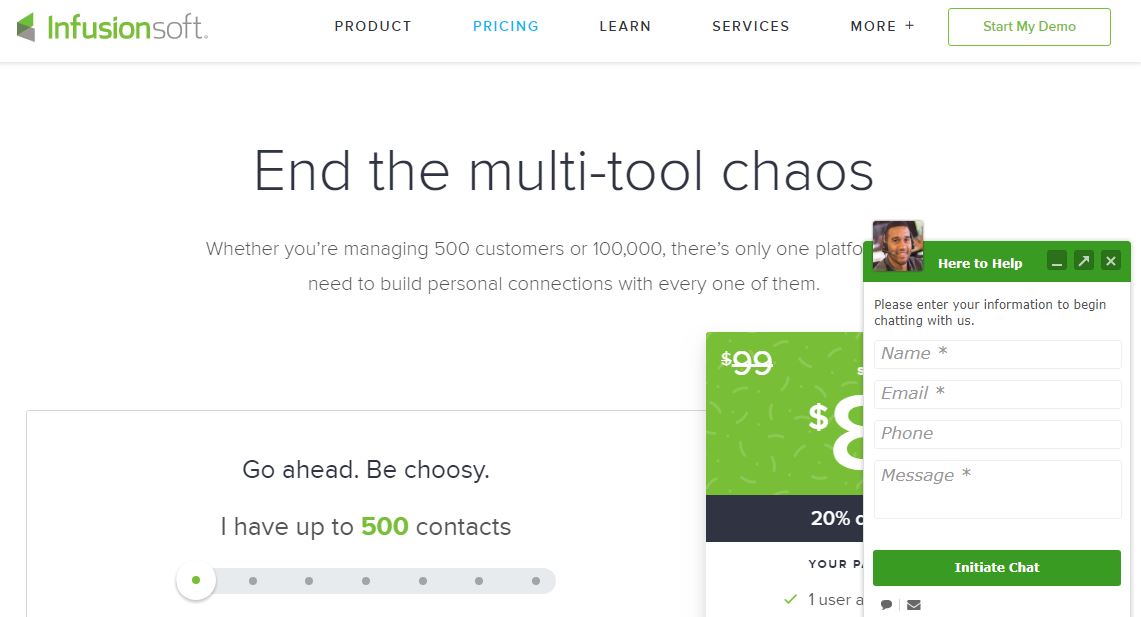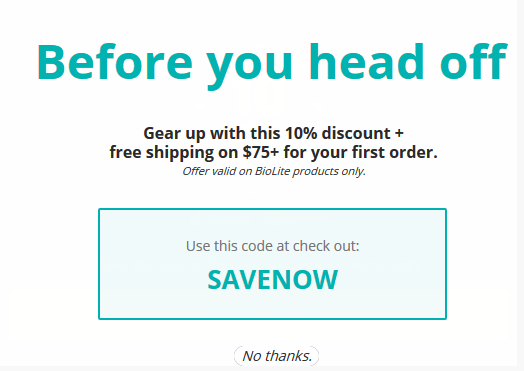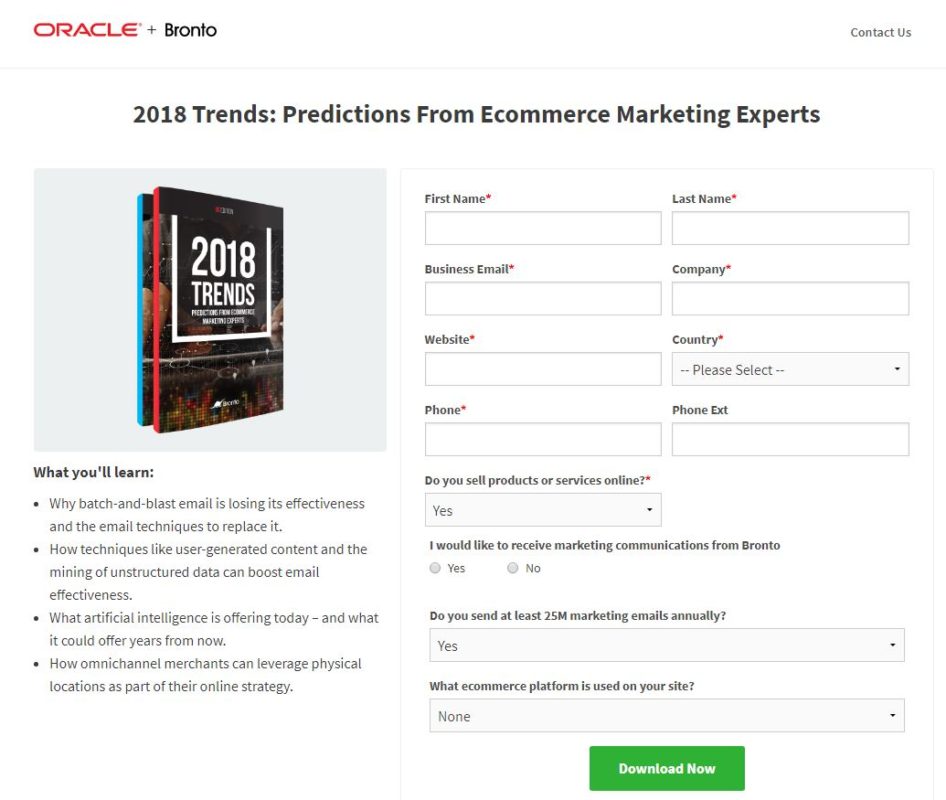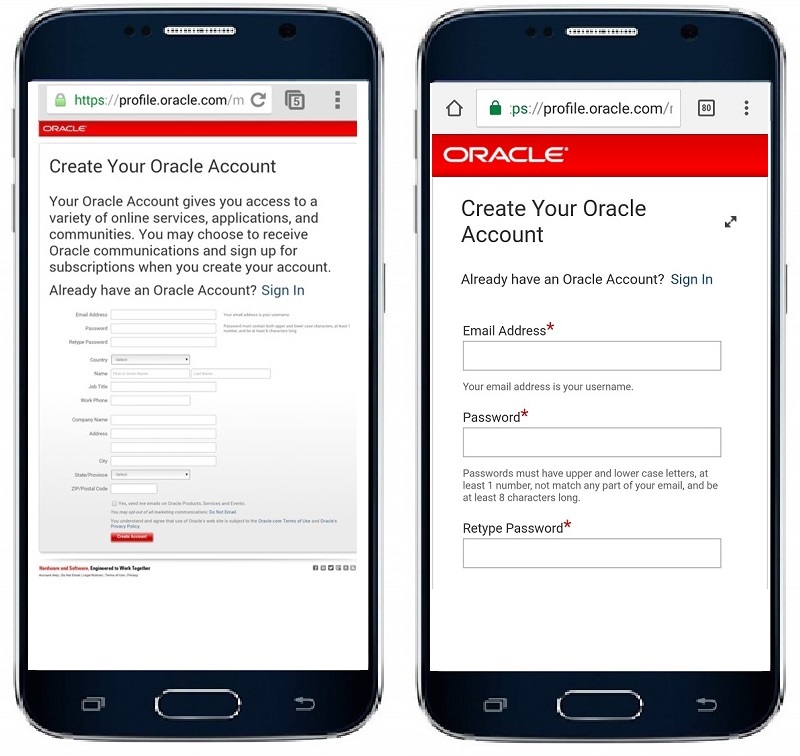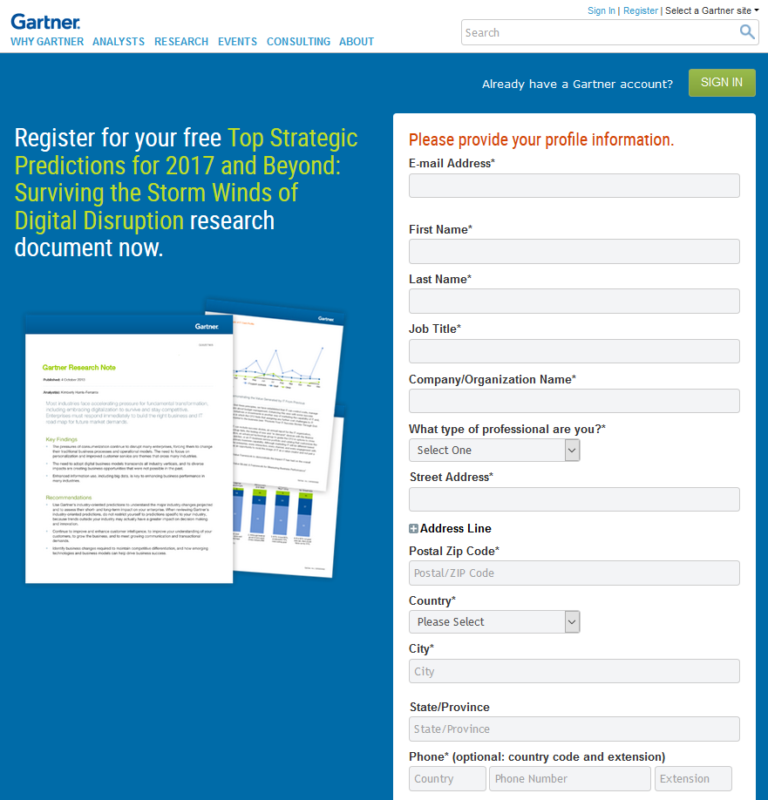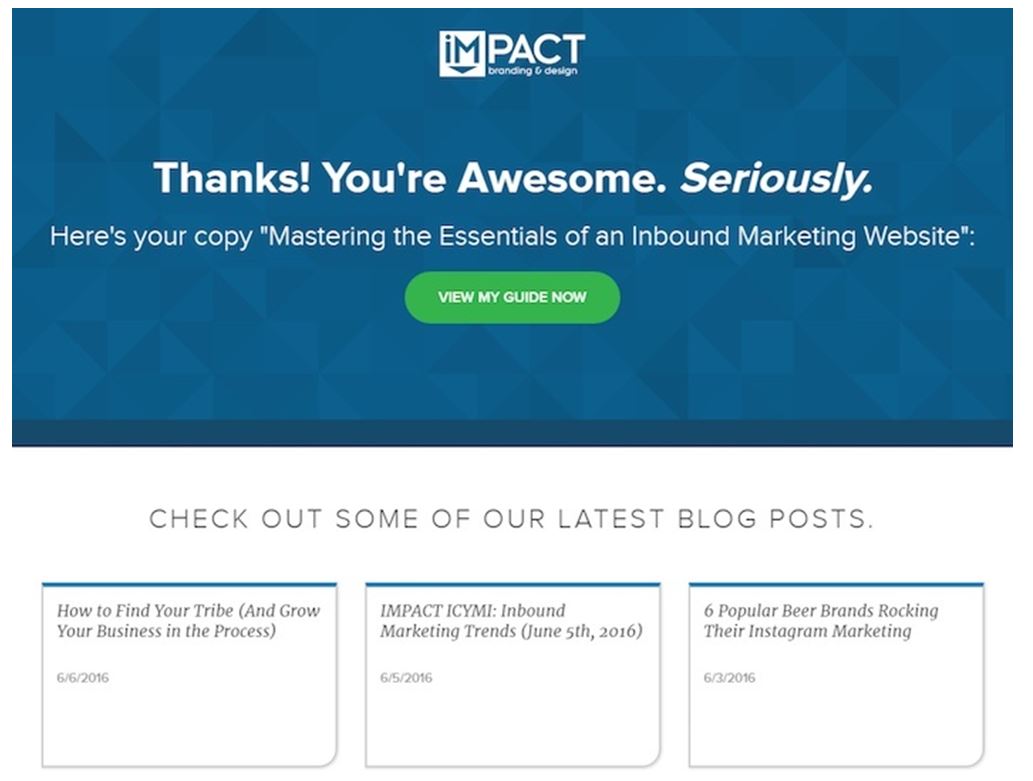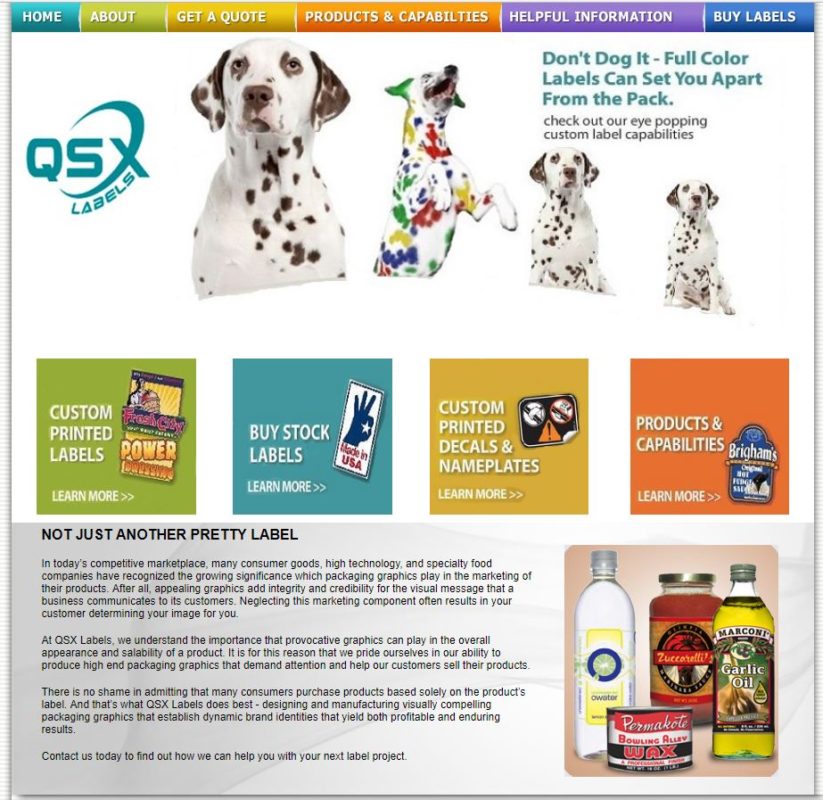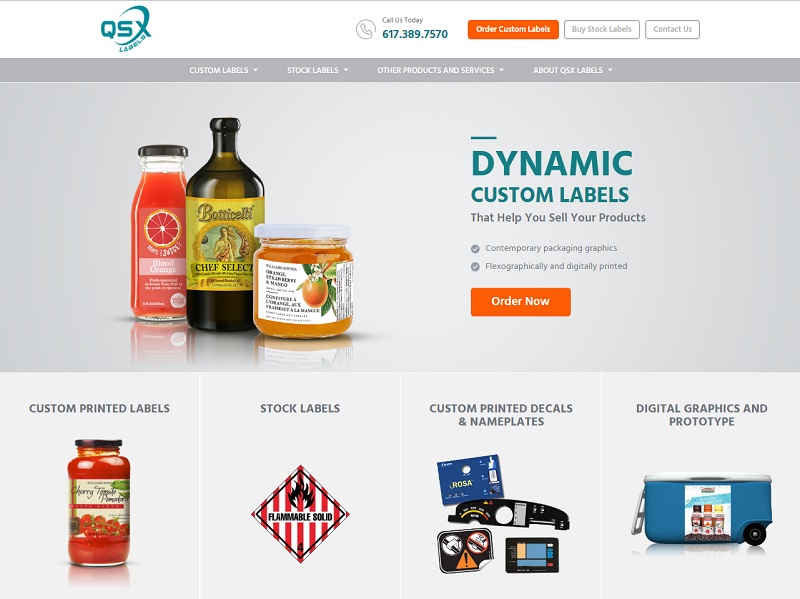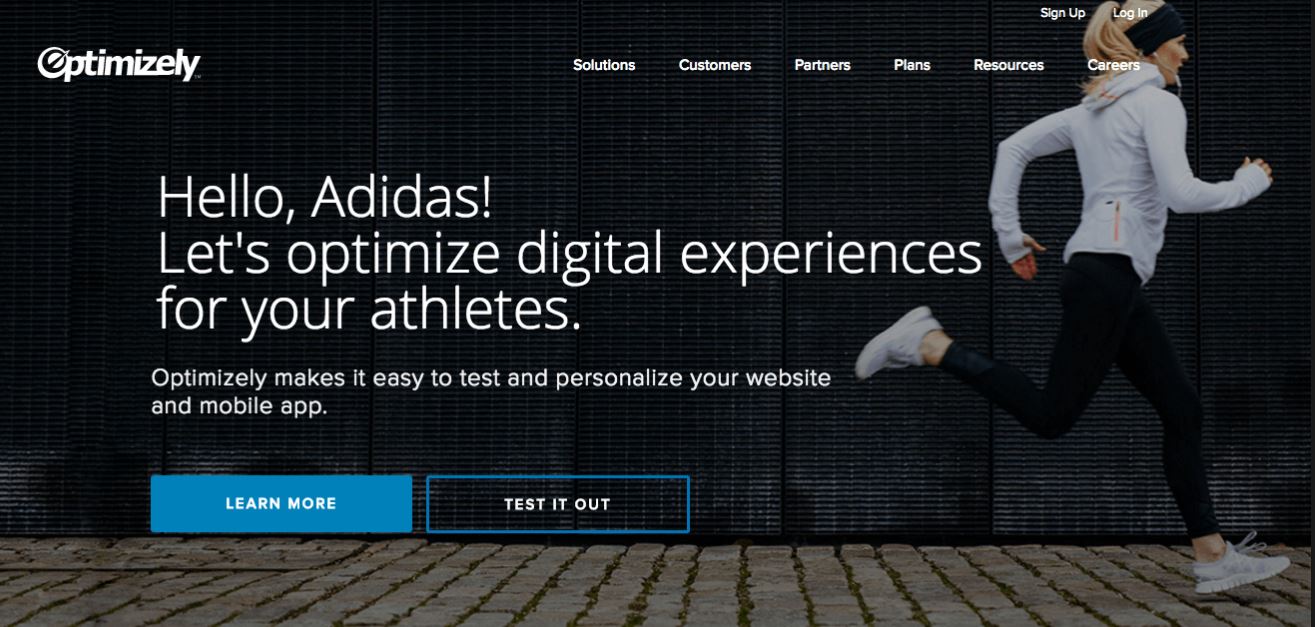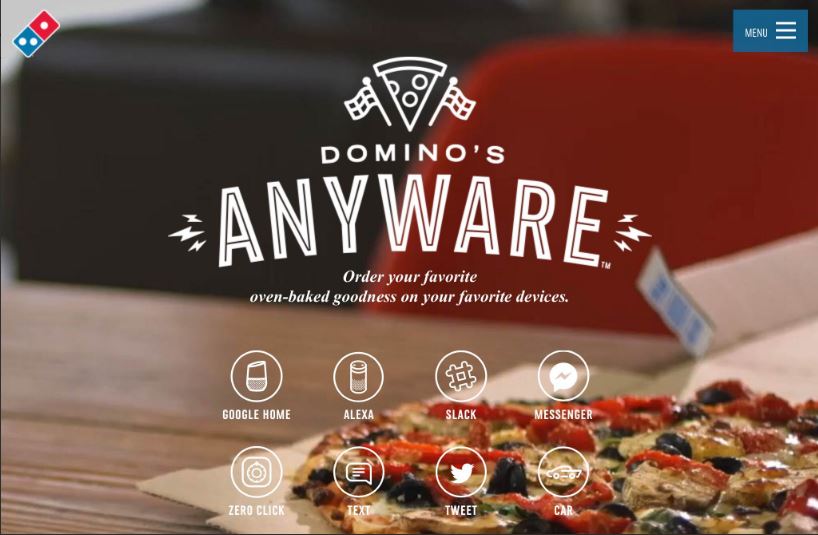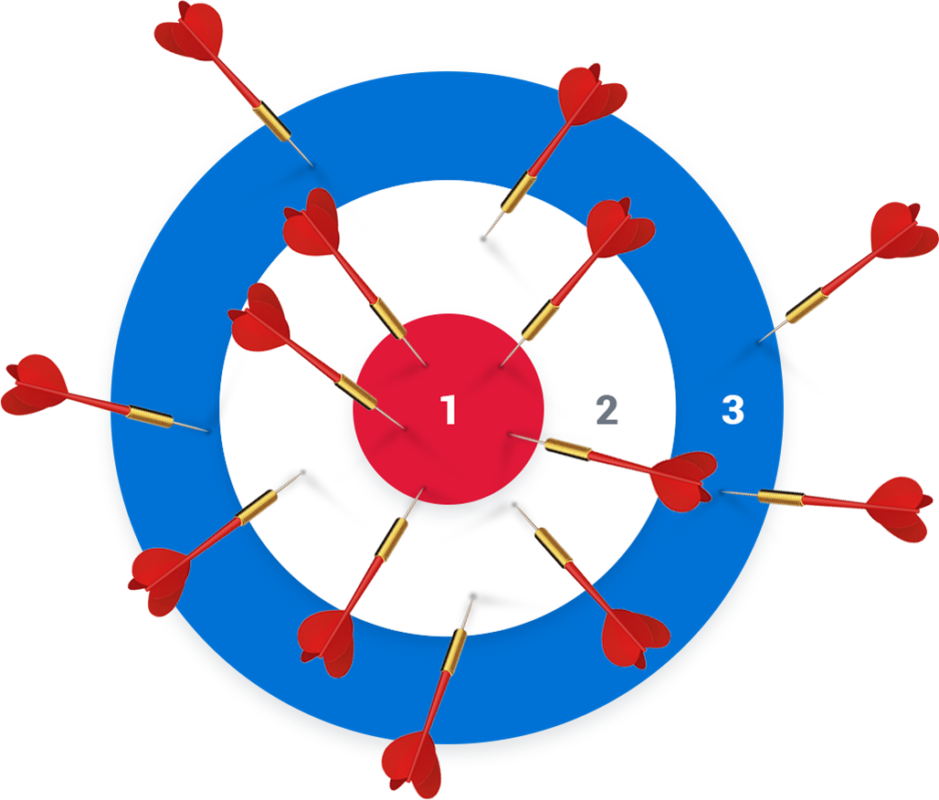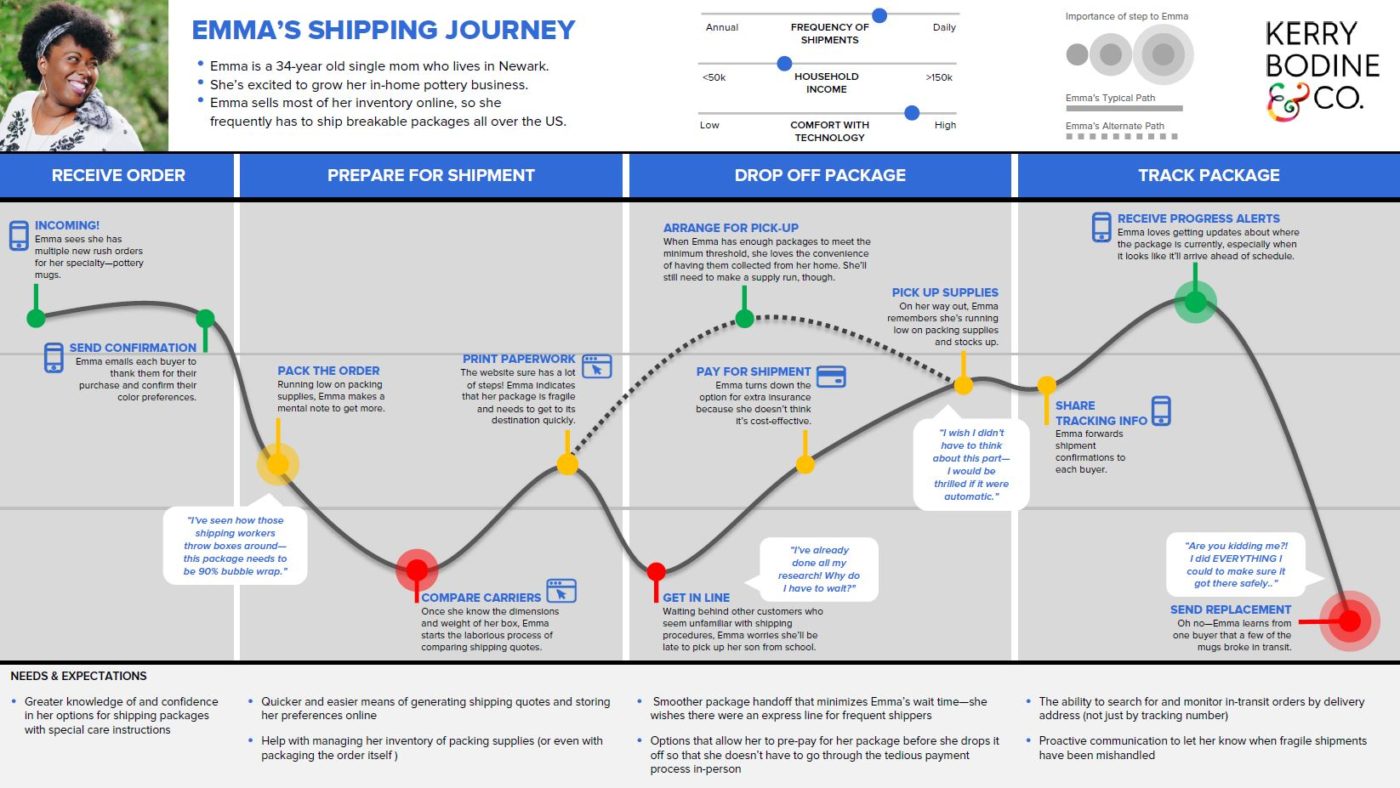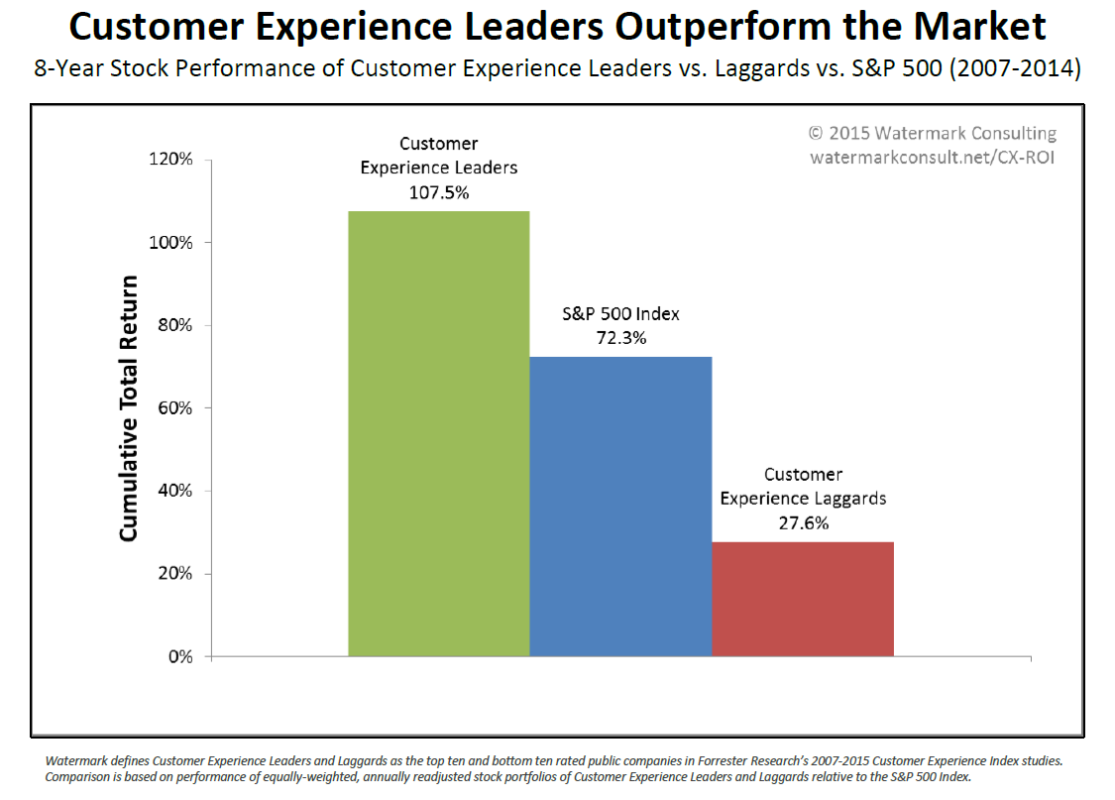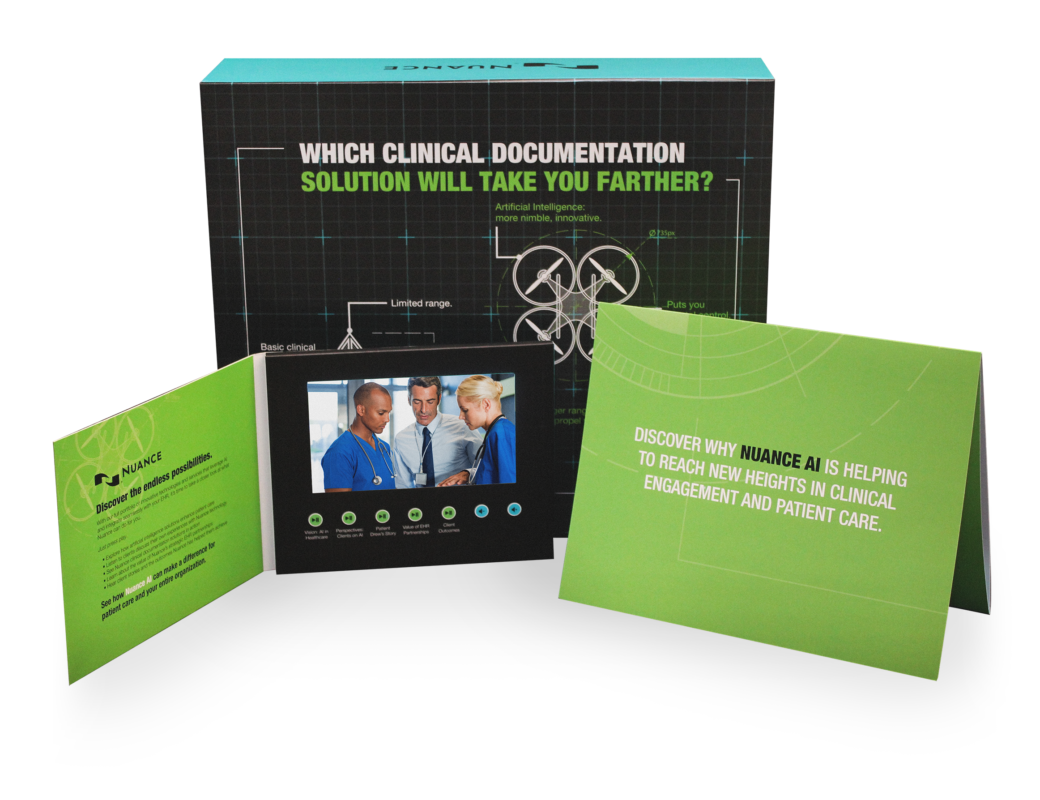This is part of chapter 23 of Louis Gudema’s Bullseye Marketing book, which is available on Amazon.
There is perhaps no more common saying in business than “our people are what make us great.” That is certainly true when it comes to marketing. No matter how much marketing technology you implement, or data you acquire, the difference between failure, meh, and great success is always going to be who is using them and how.
The quill pen is one of the easiest writing devices to use, but it was how Shakespeare used it that made all the difference.
When I asked CMO Jeanne Hopkins, who was interviewed in chapter 3, “You’ve got all these issues around the search marketing channel, online advertising, social media marketing. And then you’ve got offline things: you’ve got print, and direct mail, and radio, TV, and everything. So where do you start?”
Without hesitation she answered, “So that is a phenomenal question. And I think you have to start with the team.”
So invest the time and effort to hire the right people, and give them the support they need to succeed.
The skills needed
The marketing team today needs a wider range of skills than ever before. Many of the skills are new, but they don’t replace earlier ones. They are additive.
Marketers have always needed to be good at:
- Understanding the customer’s motivators and emotions
- Planning how to reach customers with messages
- Writing and developing creative
- Graphic design
- Events
- Project management
- PR and other corporate communications
Expertise might also include marketing channel knowledge, such as how to excel with print, direct mail, or billboards, and how to manage partner and channel marketing and other programs.
A modern marketing team also needs expertise (occasionally or always) in:
- Website design and development
- Conversion rate optimization
- Email marketing
- Marketing automation
- Remarketing
- Account based marketing
- Online events
- Analytics
And that’s just for the center of the Bullseye!
In the second phase you’ll need to add skill in search advertising and other intent-based programs. And in Phase 3 add skills in social media, deeper content marketing, display ads, other channels and attribution modeling.
Some team members will come to marketing from the traditional creative-first side, whereas others will be much more comfortable and experienced with technology and data. It’s important that you create an environment of mutual respect. Both have much to contribute, and for your marketing programs to succeed people with both backgrounds – and blends of the two – must feel comfortable and respected when contributing.
Staff, agency or consultants?
Unless you, or someone on your team, have very deep, modern marketing experience, it should be clear by now that you shouldn’t attempt to do all this, or even lead all this, on your own. You don’t want to spend months and months trying to learn what others have taken years to learn — and repeating their early mistakes. Either hire a head of marketing or an experienced marketing consultant to get you started.
It’s common now for companies that are just ramping up their marketing programs to use an interim head of marketing for 6-12 months, or longer, to develop and begin to implement their strategy. This may not necessarily even be a full-time person. In a small company, a one-quarter or one-third time person may be able to produce results, build confidence in the program, and help hire a permanent person to head the effort.
Initially, you may not want to add many people to your headcount and so may want to use more part-time consultants. Many experienced consultants are available in most major cities. You also can find experienced people with marketing skills on Upwork.com, Guru.com, and similar sites. Be sure to go with people with excellent reviews by many clients; let others check out the newbies. You can ask people questions before you hire them, and how helpful they are in this stage may predict what they will be like to work with, too.
You may want to keep creative positions, especially writing, in-house so that the people doing them can learn more about your customers and offerings and improve their work over time. As your program scales, you may need full-time employees, contractors or agencies to manage specialized programs such as managing search ads or large scale email programs.
Culture eats strategy for breakfast.
Management guru Peter Drucker once wrote, “Culture eats strategy for breakfast.” And it’s true. The best plans will go nowhere if your people aren’t behind them.
You may not be able to change your company culture overnight, but you should be able to help build a great culture in your group. Some of the elements of a great culture include:
Values
The company should have values beyond “make a profit.” Let your people know why you exist and what you plan to achieve. Many people care more about the Why than the What.
For example, Apple is about more than creating computers or electronics. Steve Jobs’ vision included developing tech products that are easier to use and more elegant. Walmart’s Values include:
- Service to the Customer
- Respect for the Individual
- Strive for Excellence
- Act with Integrity
These values should be incorporated into your marketing narrative, too.
Collaboration and Camaraderie
Hire people who not just can work together, but enjoy working with others. I can remember just one time when I got a bad reference for a potential hire. I asked his former boss, “Would you hire him again?” and, after a pause, she said, “No, no we wouldn’t.” When I asked why, she said, “Because what he really wants to do is sit off by himself and write code all day, and we need people who can work in a team.” So did I; I didn’t hire him.
This camaraderie isn’t simply “let’s play foosball” or “let’s get a drink after work,” although those may have their place. I’m talking about people who respect one another and work together to achieve common goals.
Here’s a few possible interview question:
- Describe a scenario where schedules shift and the applicant won’t be able to meet all of their deadlines; then ask them what they would do in that situation. Don’t accept “I’d work harder”; it’s not going to be possible to get everything done. The answer that you’re looking for is something like, “I’d go to my boss, explain the situation, and ask how they want to prioritize the work.” That’s the answer of a team player.
- Ask who was the best boss they ever had and why. Their answer to the “why” may tell you if they are going to work well with their boss at your company.
- Ask about the best workplace teamwork that they ever experienced, and what made that team successful.
Learning
All companies need people who are committed to life-long learning, and that’s especially important in marketing. In your job interview, you could ask what they are studying and how they go about keeping up with advances in their field. Develop a culture in your team in which failure is not only accepted but expected – zero failures means that you’re not trying anything new. But people need to learn from their failures; what isn’t accepted is failing in the same way twice. Your company should also support learning with stipends to take courses or attend conferences.
Responsibility
You want people who take initiative and responsibility.
Here’s a possible interview question related to responsibility: Ask the person to describe something that they did – in or out of work – that they’re especially proud of. Then ask them to describe something they did that failed and why it failed. (Don’t accept, “I can’t think of a failure that I’ve had.”) In their answer, they should describe, without you prompting it, what they did wrong to contribute to or produce that failure. If instead, they blame the failure on co-workers and clients, that’s a bad sign.
Your company may have other values than these. Make sure that your policies and incentives align with your values, and that you look for people for your team that appreciate and support those values, too.
How Jeff Bezos changed the culture of The Washington Post
In October 2013, Jeff Bezos bought the unprofitable Washington Post.
Within three years its Web traffic had doubled, subscriptions were way up, and their smaller staff was posting far more online content than The New York Times and even BuzzFeed. And they were profitable. Licensing their new, speedy content management system to other newspapers was being considered as an auxiliary source of revenue, similar to how Amazon Web Services (AWS) produces revenue for Amazon.
Central to this turnaround was a change in the culture of The Post. It’s very hard to change a culture.
CIO Shailesh Prakash and Director of Product Joey Marburger offer many insights into how the company changed in a Columbia Journalism Review interview
Culture: (Marburger) It’s been three years since Jeff bought us. I’d say we’d probably be where we are maybe five to seven years from now. And who knows if we would’ve done half of what we’ve gotten done. But Jeff didn’t just reach down to the newsroom and say here’s a brand-new culture, here’s a bunch of things you should do, here’s what Amazon does, so you should copy it. The sheer thought of him spread throughout the company. Overnight, we thought there wasn’t much we couldn’t do
Compensation: (Prakash) The number one criteria that grows our compensation used to be operating income. Did you or did you not hit the operating income target that was agreed upon at the beginning of the year? It was crystal clear whether you got your bonus or not. We were all in it together. When revenue was slowing and operating income is the target, then what do you do? You cut costs. There’s no other way out.
When Jeff bought us, within about six months, he threw that out. Now there are three other criteria. It’s basically: How fast do you move? It’s very subjective. The second one is that there are no sacred cows, to push experimentation. The third thing is debate, but commit. So you can argue all you want, but once we agree, then there’s no undermining. Those are the three things that now very subjectively drive the compensation.
Technology: (Prakash) It’s been proven over and over again that speed matters. In some industries, the correlation is more direct, like in retail. You have a site and you change nothing except it becomes much faster, you see the sales change.
If you’re used to a lot of other slow mobile sites out there, specifically news, and you come to us and it’s significantly faster, you may be more likely to come to us on a regular basis. And you’re more likely—which we see already in the data—to consume more content, hit the subscription meter faster, consume more ads, you name it.
User Experience: (Prakash) It was Bezos who brought this up. He said that when Amazon made the Kindle, they didn’t think, ‘Let’s get rid of the book and come up with a new way to read books.’ Their whole approach was, ‘How can we keep everything that’s fantastic about a book and also add in the gifts of digital?’
Market focus: (Prakash) We had for a very long time a tagline that said ‘For and About Washington.’ One of the big changes and explicit changes in strategy has been to go after a national and international audience. One of the things we’ve tried to do is to look at platforms we might be able to over-index on to get there faster. Take Facebook. One in seven humans visits Facebook every day. It’s not possible to grow nationally and internationally if you say, ‘I will send them 10 articles.’ If we want to grow nationally and internationally it is really not an option to just ignore that platform.
Build a diverse team
I already mentioned the diverse skill set needed on a modern marketing team. You should also strive to have a team that’s diverse in other ways. If you’re not fully taking advantage of the skills and potential contributions of women, people of color and older workers, you’re missing out on well over half of the labor force. That’s tying more than one arm behind your back.
When “blind” auditions were introduced for orchestras, where the performer sits behind a screen so their gender, race, and appearance are hidden, the number of women winning competitions for open seats dramatically increased.In a study of thousands of companies, those with a significant number of women in top management tended to be much more profitable.
Diversity is likely to bring in knowledge and positive attitudes that a homogeneous culture doesn’t, and is more likely to make a company better able to take advantage of what everyone can offer. A diverse workforce will have greater insights into the increasingly diverse customer base, too.
I once heard a simple formula for hiring. When you’re hiring there are only three questions that you really need to answer:
- Can the person do the job? (Do they have the skills, experience, etc.?)
- Do they want to do the job? (Are they enthusiastic about this job and your company, or are they just looking for a paycheck?)
- Will they fit in?
And of the three, the last question is the most important.
The last question is the most important when it comes to diversity, too, because having a narrow definition of “fitting in” is the difference between a homogeneous and a diverse workforce.
If you consciously or unconsciously define “fitting in” as people of the same gender, race, class, and age – and similar non-work interests (Go Cubs!) — you will be severely limited in your hiring options. But if you define it as people who share your team’s values and goals and skills, then the future is yours.
As a six-foot, five-inch tall friend of mine says, the fact that tall people make more money than short people shows how far we still are from being a true meritocracy.[iv]
Hire slow, fire fast.
At my marketing agency, I started out hiring fast and firing slowly. Over the dozen years that I ran it I learned to reverse that. Many business leaders believe in “hire slow, fire fast,” too.
So take your time in hiring. Do multiple interviews including several people on your team. Check their references. Give them tests, if appropriate. Be thorough. Get it right. And admit your mistakes quickly when you get it wrong, terminate the person and get the right person in.
That doesn’t mean that if the new hire makes one mistake they’re out the door — unless it’s a really bad mistake. You can give them two or three strikes before they’re out. But explain to them if they do mess up how you do things at your company and what your expectations are. Also, praise what they’re doing well. Famed UCLA basketball coach John Wooden said, “I can’t begin to coach until the player does something right.”
But if it’s clear that they’re not right for your company, then act fast. You don’t have time for underperformers, and your team will appreciate it. A players want to work with other A players,


